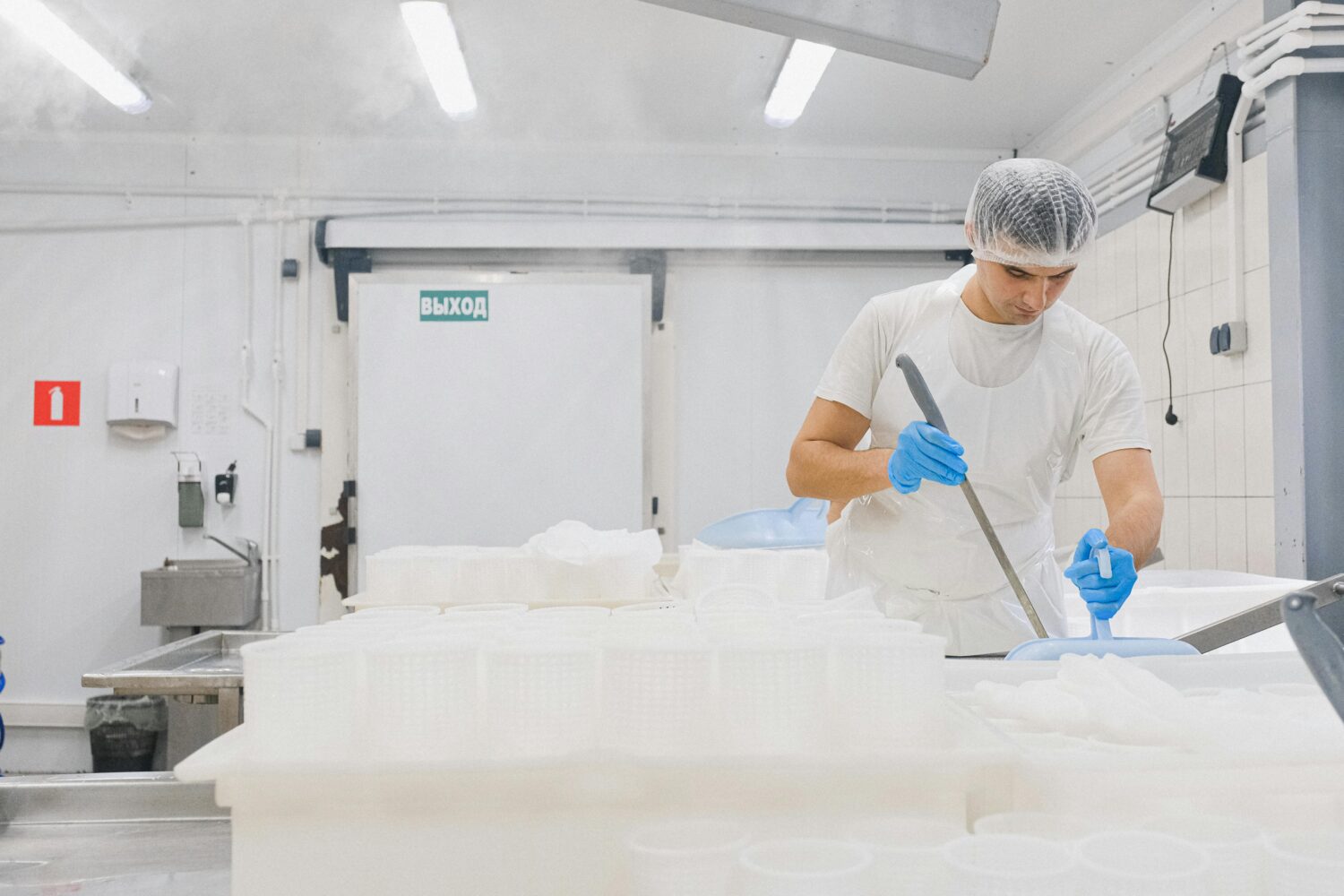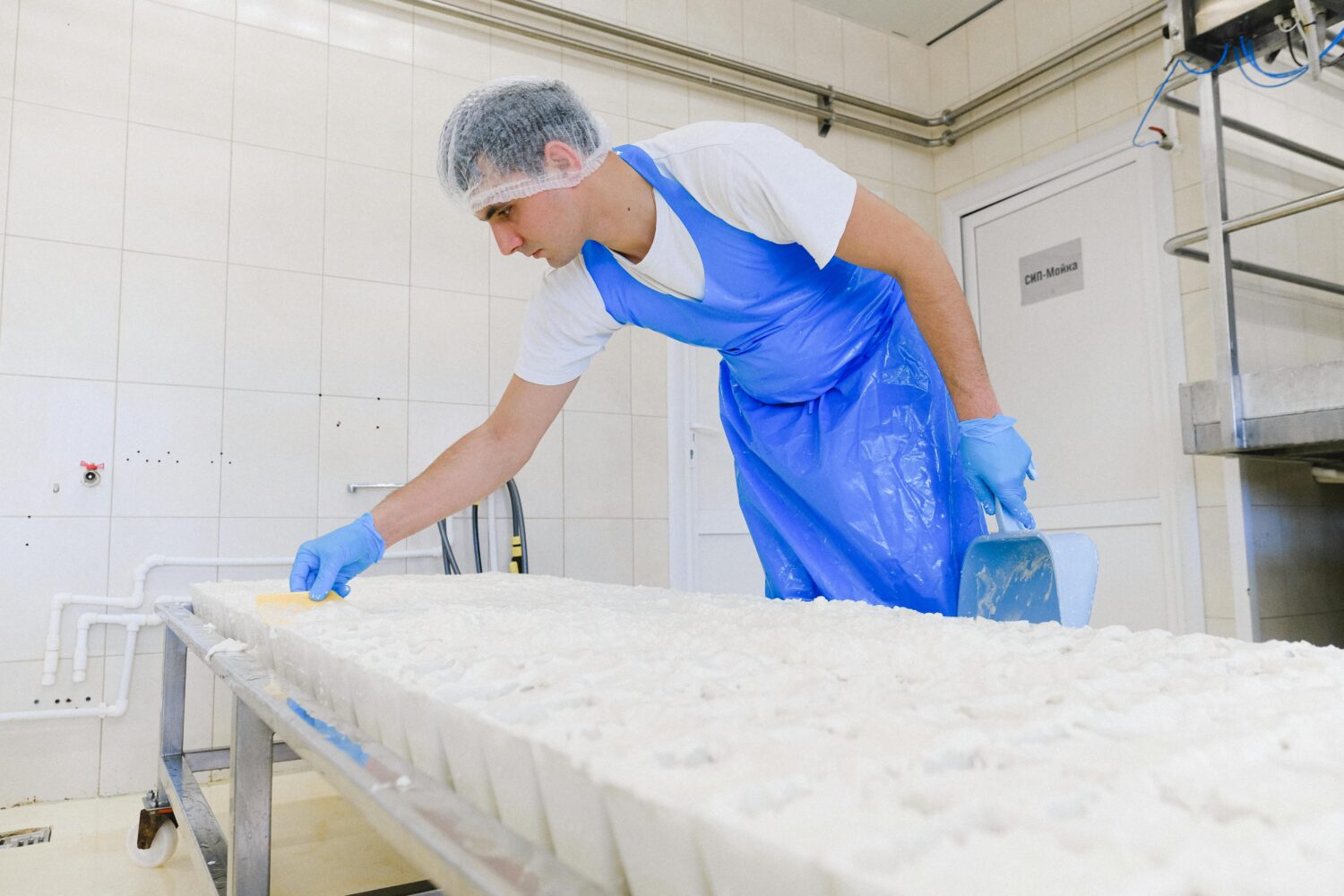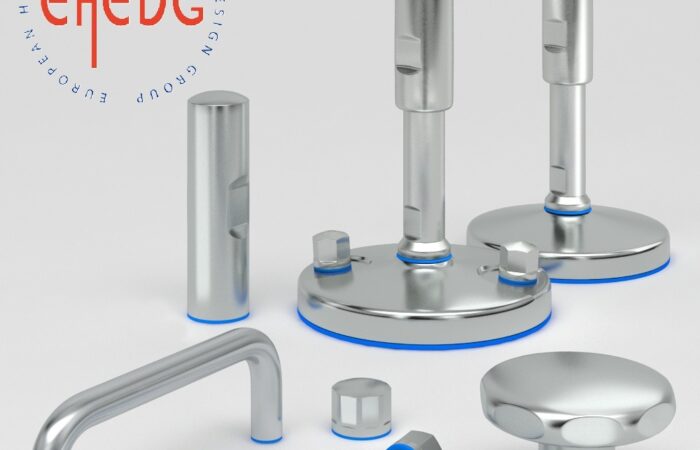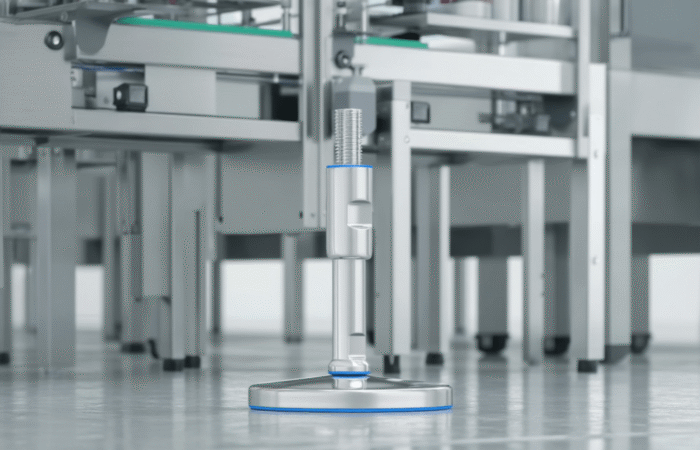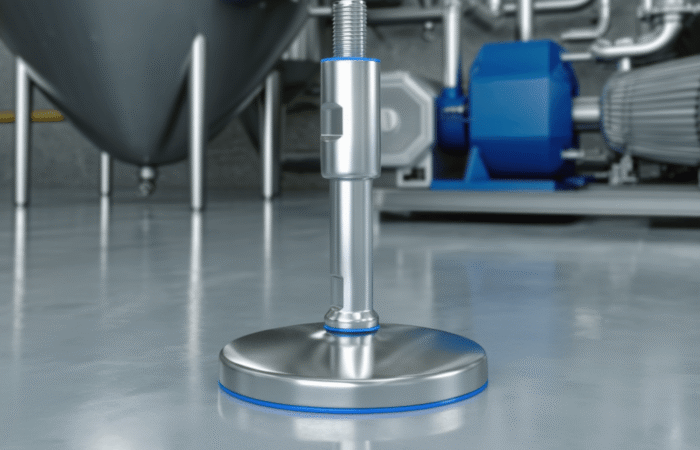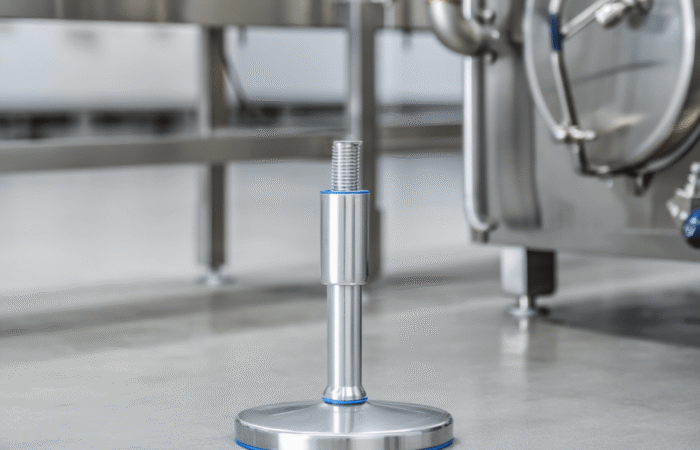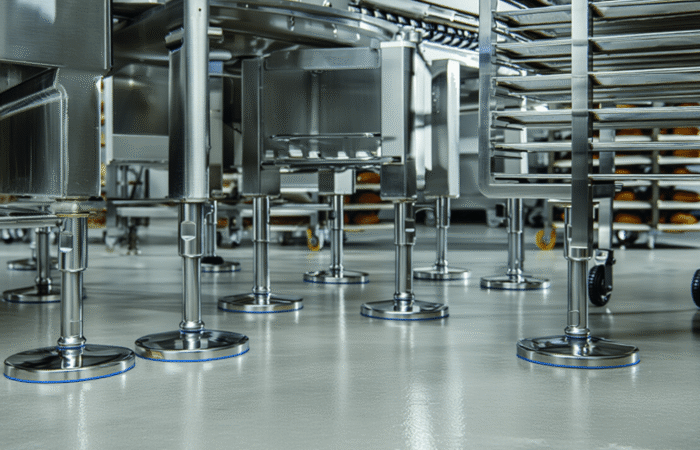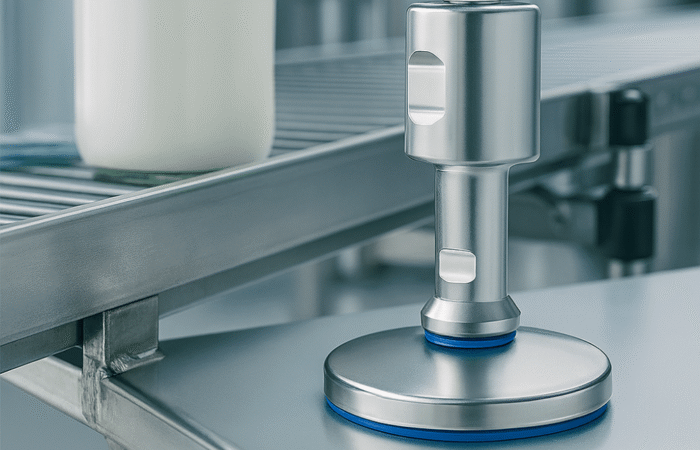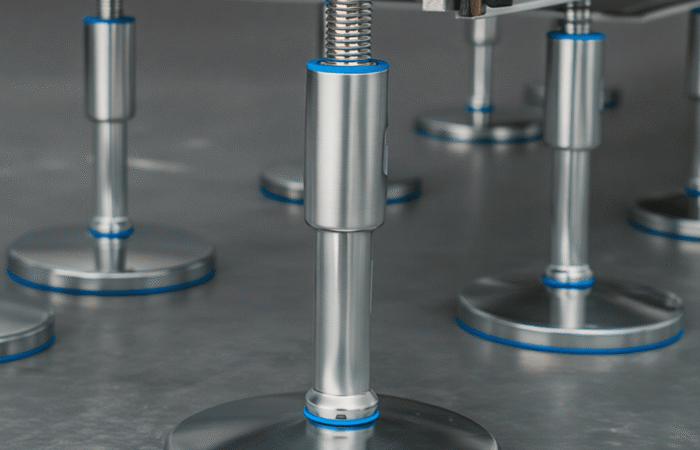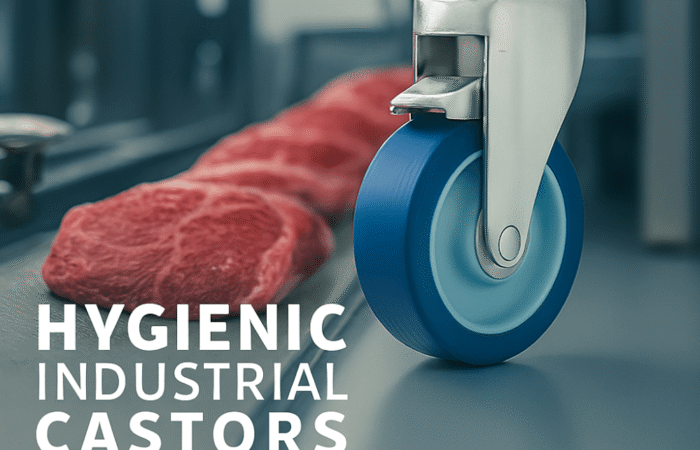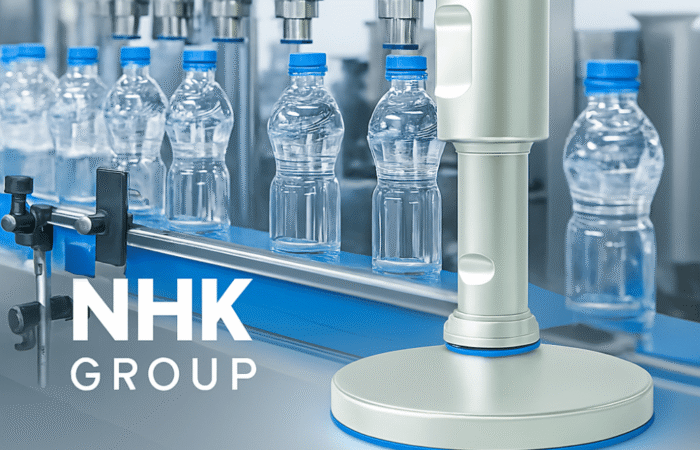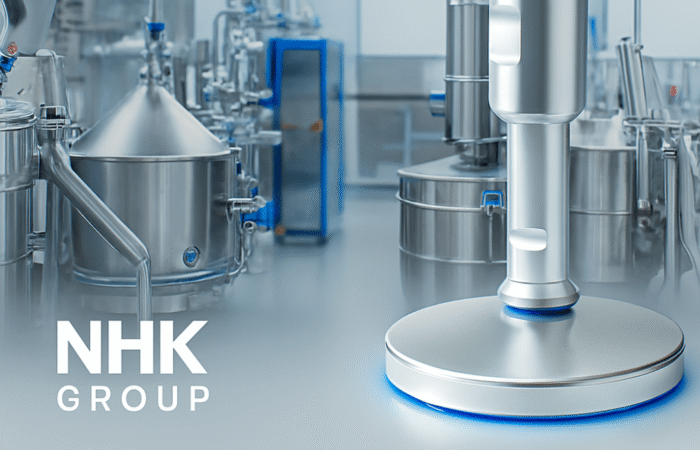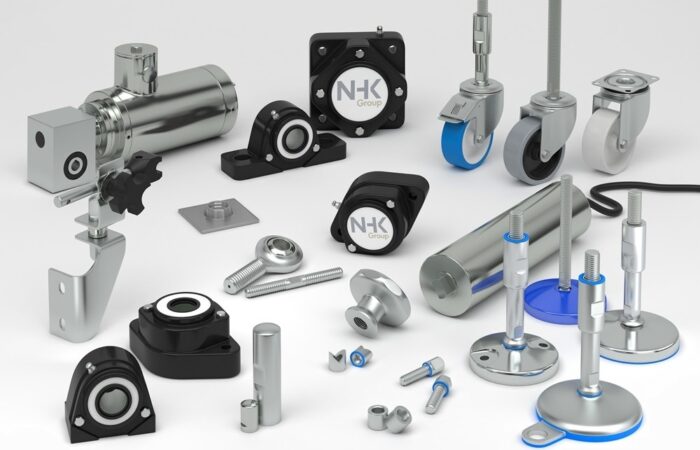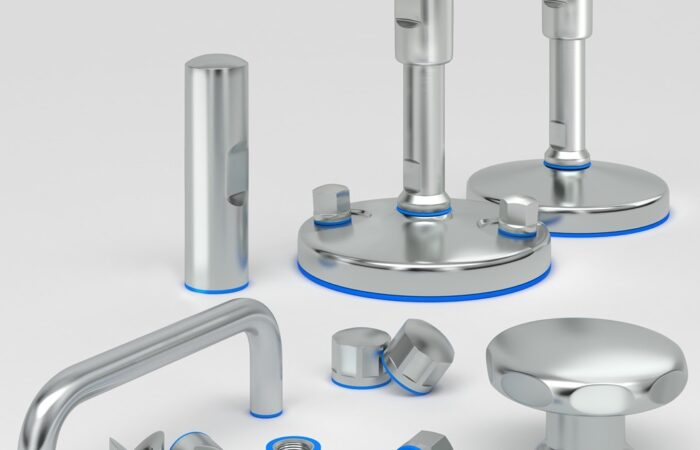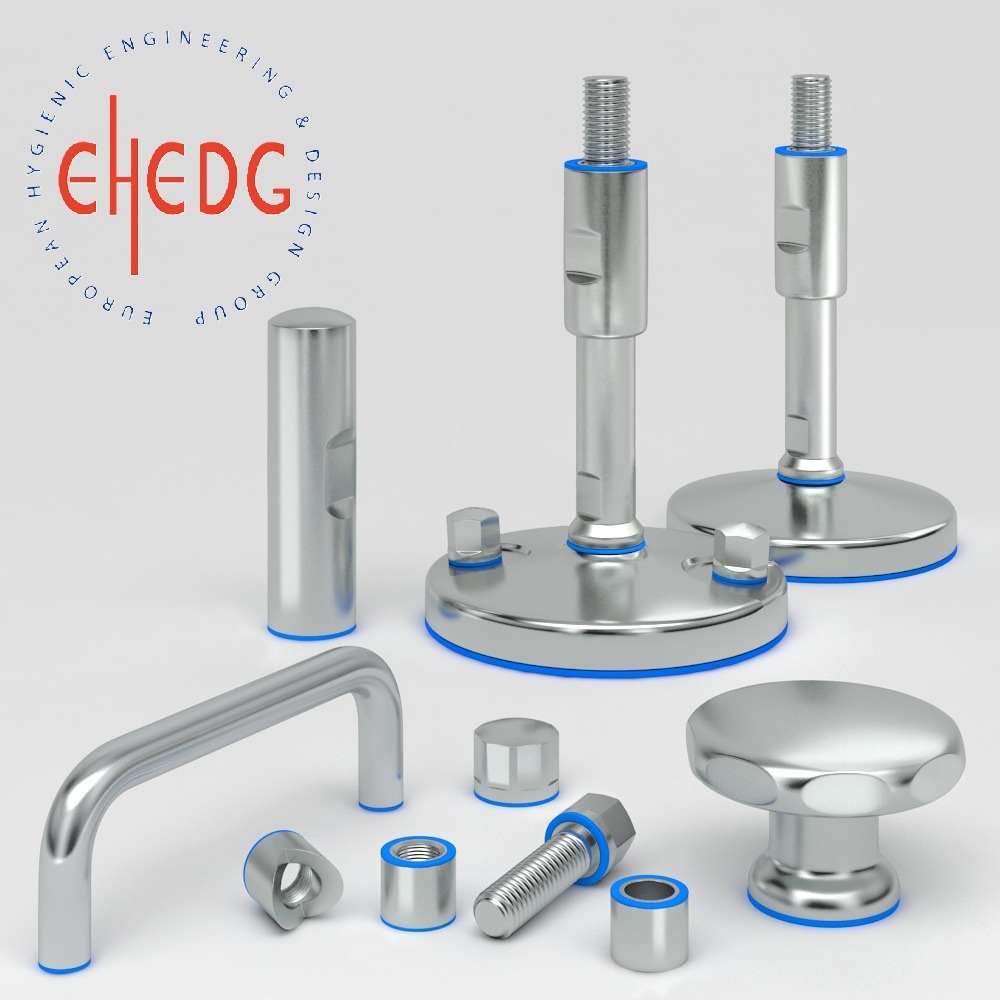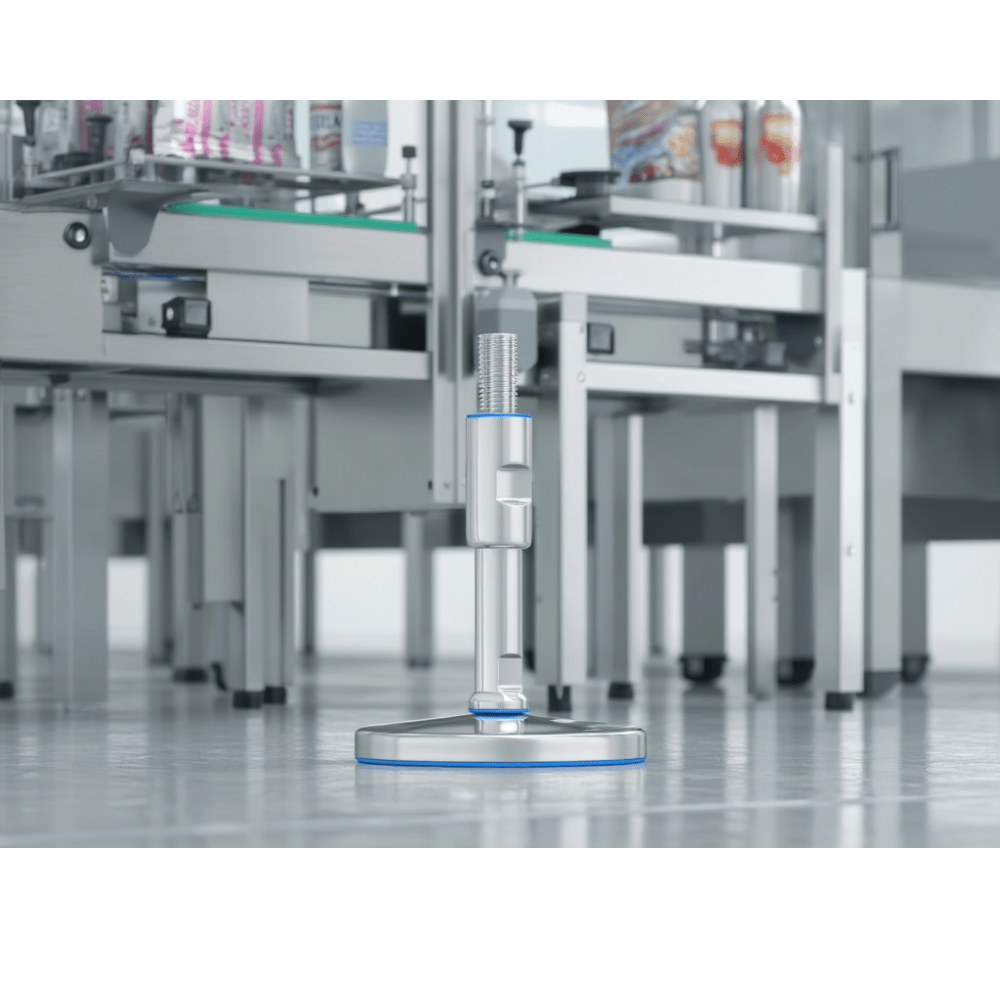Food Safety Differences: Assessing Open vs. Closed Systems
In the food processing industry, ensuring food safety is a top priority. One of the most significant considerations in this context is the type of processing system used: open or closed. These systems differ greatly in terms of contamination risks, hygiene standards, operational efficiency, and regulatory compliance. In this article, we’ll explore the food safety differences between open and closed systems, helping you understand their unique challenges and benefits.
Understanding Open and Closed Systems
Open Systems
Open systems are those in which the product and its surrounding environment interact freely during processing. Examples include manual ingredient handling, conveyor belts exposed to air, and open tanks. While these systems allow for easier access and maintenance, they are inherently more prone to contamination due to their exposure to external elements like dust, pathogens, and human contact.
Closed Systems
In closed systems, the product is processed within an enclosed environment, minimizing exposure to external factors. Examples include sealed pipelines, tanks, and automated processing units. These systems are designed to reduce contamination risks by isolating the product from its surroundings. They are especially common in industries requiring stringent hygiene, such as dairy, beverage, and pharmaceutical processing.
Contamination Risks in Open vs. Closed Systems
Open Systems: A High-Risk Environment
Open systems are inherently more vulnerable to contamination due to:
- Airborne Particles: Dust, bacteria, and other airborne contaminants can easily come into contact with the product.
- Human Contact: Manual handling increases the likelihood of introducing pathogens.
- Environmental Exposure: Factors like humidity, temperature fluctuations, and pests can compromise product safety.
Closed Systems: Reducing Contamination
Closed systems mitigate many of these risks by:
- Isolation: Products are completely enclosed, protecting them from environmental exposure.
- Automation: Automated systems reduce the need for human interaction, lowering the risk of human-induced contamination.
- Temperature Control: Sealed environments often include built-in temperature regulation to maintain ideal conditions for food safety.
Get our catalogue here
See our product line here
Hygiene and Cleaning Considerations
Cleaning Challenges in Open Systems
Maintaining hygiene in open systems requires rigorous cleaning protocols. Surfaces exposed to air must be sanitized frequently, often leading to higher labor costs and downtime. Cross-contamination between batches is another concern, making thorough cleaning between production runs essential.
Closed Systems: Easier Cleaning with CIP
Closed systems often incorporate Clean-In-Place (CIP) technology, which automates the cleaning process without disassembling equipment. This not only reduces labor and downtime but also ensures consistent cleaning, meeting regulatory standards more effectively.
Operational Efficiency and Cost Implications
Open Systems: Accessibility at a Cost
While open systems offer easier access for inspections, repairs, and ingredient additions, they often result in higher operational costs. These include costs for cleaning, manual labor, and downtime due to frequent hygiene interventions.
Closed Systems: Higher Initial Investment, Long-Term Savings
Closed systems typically require a higher upfront investment due to their advanced design and automation. However, their reduced contamination risks, lower cleaning costs, and minimized downtime often result in significant long-term savings.
Regulatory Compliance
Open Systems and the Burden of Compliance
Open systems face stricter scrutiny from regulatory bodies due to their higher contamination risks. Compliance with standards like the FDA’s Current Good Manufacturing Practices (CGMPs) and HACCP (Hazard Analysis and Critical Control Points) requires meticulous documentation and frequent inspections.
Closed Systems: Built for Compliance
Closed systems are often designed to meet or exceed regulatory standards, making compliance more straightforward. Features like traceability, CIP technology, and minimized human interaction align with food safety regulations, reducing the burden on manufacturers.
Industry Applications
When Open Systems Are Suitable
Open systems are commonly used in:
- Artisanal Food Production: Small-scale operations like bakeries or handmade chocolate production.
- Low-Risk Products: Items like dry grains or cereals, which are less prone to contamination.
The Dominance of Closed Systems
Closed systems are preferred in industries requiring stringent hygiene, such as:
- Dairy Processing: For products like milk and cheese, where contamination risks are high.
- Beverage Production: Including juices, soft drinks, and alcoholic beverages.
- Pharmaceutical and Nutraceutical Industries: Where product purity is non-negotiable.
Choosing the Right System
Factors to Consider
When deciding between open and closed systems, manufacturers should evaluate:
- Product Type: High-risk products like dairy or meat may necessitate a closed system.
- Production Volume: Closed systems are better suited for large-scale operations.
- Budget: While closed systems require higher initial investments, their long-term benefits may outweigh the costs.
- Regulatory Requirements: Industries with strict hygiene standards often mandate closed systems.
Open vs. Closed Systems: Key Food Safety Differences Every Manufacturer Should Know
The choice between open and closed systems is a critical decision in food processing, with significant implications for food safety, operational efficiency, and regulatory compliance. Open systems, while accessible and affordable, pose higher contamination risks and demand rigorous hygiene practices. On the other hand, closed systems offer unparalleled protection and efficiency, making them the preferred choice for high-risk and large-scale operations.
Understanding these differences helps manufacturers make informed decisions, ensuring the safety and quality of their products while optimizing costs and compliance efforts. Whether your focus is on artisanal food production or industrial-scale operations, selecting the right system is key to maintaining competitive advantage in today’s food processing landscape.
